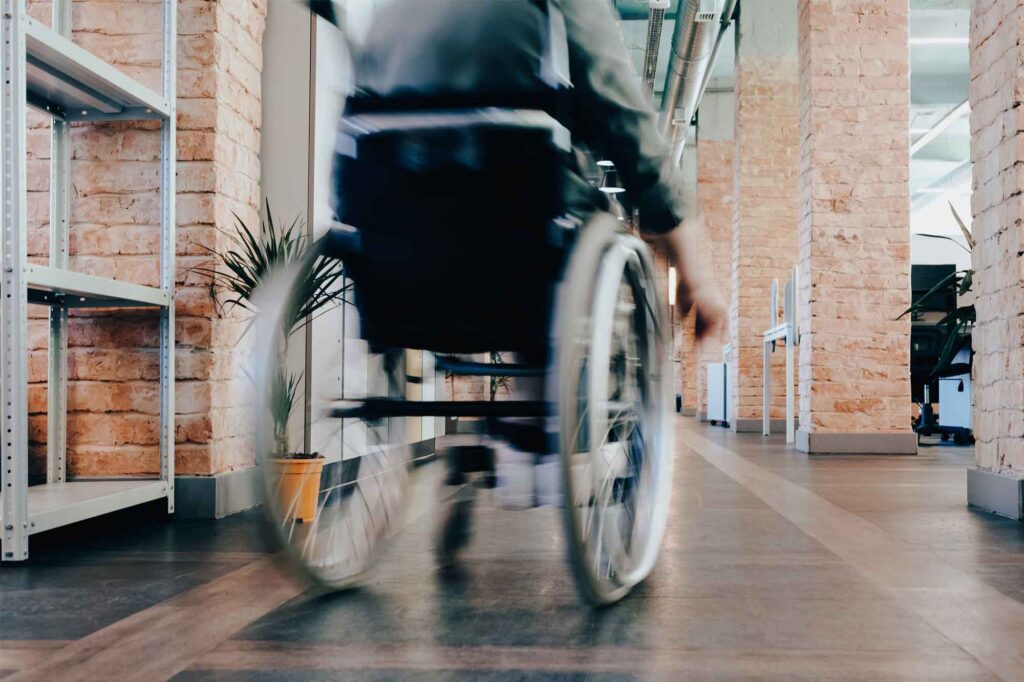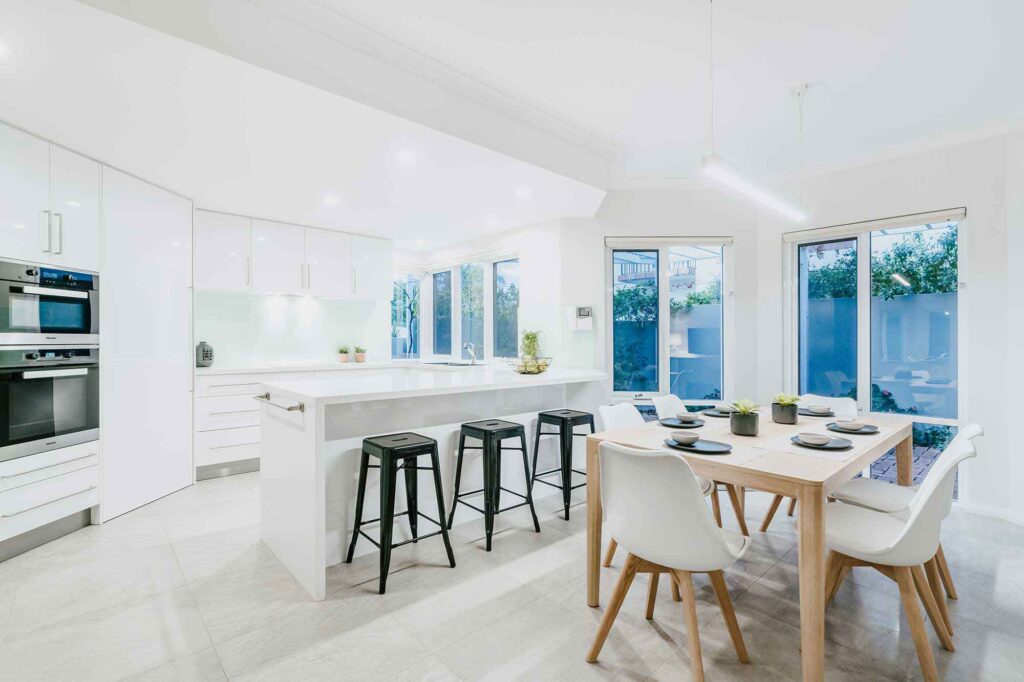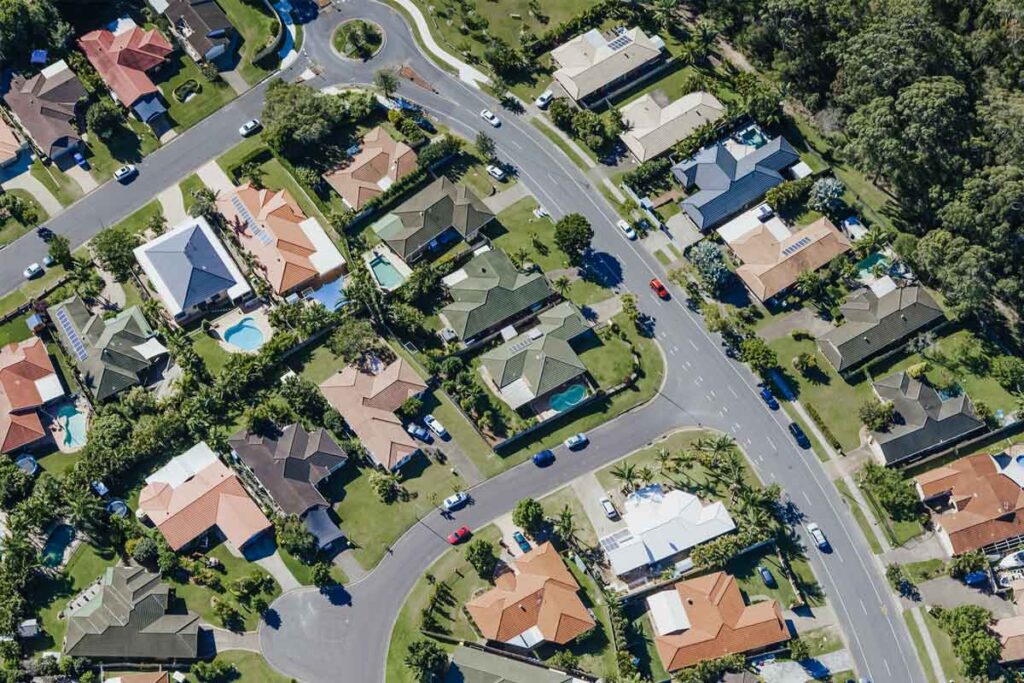The one chart that explains the state of SIL

Let’s take some time to unpack this chart. We’re looking at the number of new participants entering SIL per quarter since June 2017. We’re currently at the red dot. Only 327 additional participants had SIL entered into their plan in the last quarter. Consider that the average in 2020 was 610, and the average in 2019 was 1349. Does 327 still sound like a lot of participants to you who might be interested in your service?
Which providers did well in the NDIS in 2019/2020?

It surprises me that it has taken this long for someone to compare the performance of some of Australia’s largest NDIS providers. There is so much to learn from the different approaches to growth, sustainability and service. We went ahead and put it together (note: we extracted or extrapolated NDIS revenue only):
ILO Lift-off – A provider perspective and a warning

We know the agency is seeking to balance the scheme and there is a strong chance this balance will be achieved by a SIL to ILO transition. So, ILO is coming and we should be thrilled about it. ILO will facilitate a much more personalised, natural and goal oriented support for people with a disability. Are you ready for the change?
An indicative ILO price model and its implications

The NDIA Consultation Paper, An Ordinary Life at Home, revealed many insights into the transformation proposed by broad ILO uptake. Curiously, several scenarios were provided that allow us to form a view on how the model might be priced and what the implications may be for customers, providers and ILO teams.
Supported Independent Living: The beginning of the end – and what comes next

It is certainly no secret that the Agency has had concerns with the rising cost of Supported Independent Living (SIL) for some time. The NDIA’s last quarterly report identified that 23,368 (5.4%) participants were accessing SIL, with a staggering 27% of total NDIS supports committed to those 5.4% of participants.

